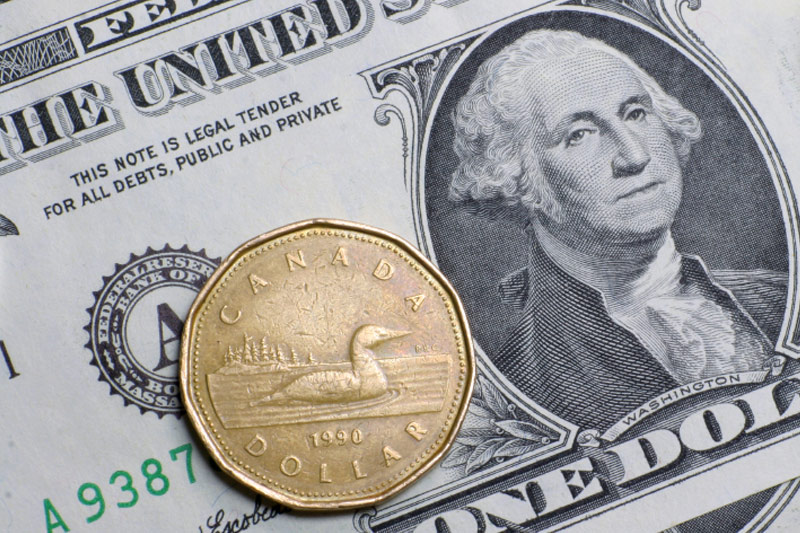Investing.com - The U.S. dollar rose against its Canadian counterpart on Monday, despite the release of a disapppointing report on manufacturing conditions in New York as data showing that Japan entered a recession in the last quarter lent broad support to the safe-haven greenback.
USD/CAD hit 1.1321 during early U.S. trade, the session high; the pair subsequently consolidated at 1.1309, gaining 0.23%.
The pair was likely to find support at 1.1260, Friday's low and resistance at 1.1393, Friday's high.
In a report, the Federal Reserve Bank of New York said that its manufacturing index increased to 10.2 this month from a reading of 6.2 in October. Analysts had expected the index to rise to 11.1 in November.
A separate report showed that U.S. industrial production rose 0.2% last month, in line with expectations. September's figure was revised to a 0.2% gain from a previously estimated 1.0% increase.
In Canada, data showed that foreign securities purchases rose by C$4.37 billion in September, less than the expected C$11.32 billion increase, after a revised C$10.29 billion rise in August.
Meanwhile, market sentiment remained under pressure after official data earlier showed that Japan’s gross domestic product contracted by an annualized 1.6% in the third quarter, following a 7.3% drop in the preceding quarter. Economists had forecast growth of 2.3%.
The unexpectedly weak data added to gloom over the outlook for the global economy.
Separately, Japanese Prime Minister Shinzo Abe was expected to postpone a planned sales tax increase due to come into effect next year after a sales tax hike in April of this year acted as a drag on growth.
The prime minister was also expected to call for snap elections which could take place as soon as next month.
The loonie was steady against the euro, with EUR/CAD dipping 0.05% to 1.4118.
In the euro zone, Germany’s Bundesbank warned in its monthly report that the outlook for growth in the region's largest economy was likely to remain weak in the next few months.
In addition, data showed that euro zone exports jumped 9% on a year-over-year basis in September, boosting the trade surplus to 17.7 billion, from 15.4 in August. The surge in exports boosted the outlook for third quarter growth.
